Roof Rack Mounting Types
.jpg)
There are a number of different mounting methods used by roof rack manufacturers to get the best fit for different vehicles. Mostly, this is dictated by what type of roof mounting points your vehicle has which varies greatly from brand to brand and even model to model.
Some vehicles have multiple mounting options whereas others only have one type of mount available. In this article, we will explore some of the common mounting types.
Keep in mind that there are always exceptions to the rule and this article is simply meant to explore some of the options available to most vehicles. This article does not represent personalised advice, as that would require more information about your vehicle. If you would like to know about the best mounting options for your vehicle, please Contact Us Online or call on 02 8318 7755
If you are looking for information about how to choose the right roof racks check out our blog on the differences between bar types and how to choose
Clamp Mounts
Clamp mount roof racks are the most common bare roof installation type. There are several ways to refer to this, which changes depending on the supplier, from bare roof to clamp mount. This mounting system is suited to a vehicle that has no factory concessions included for fitting roof racks.
Typically, a roof rack kit designed for a vehicle like this will use what is sometimes referred to as a ‘strap,’ which is fitted by hooking around the edge of your door sill and using tension from both sides of the car to ‘clamp’ the rack onto the roof.
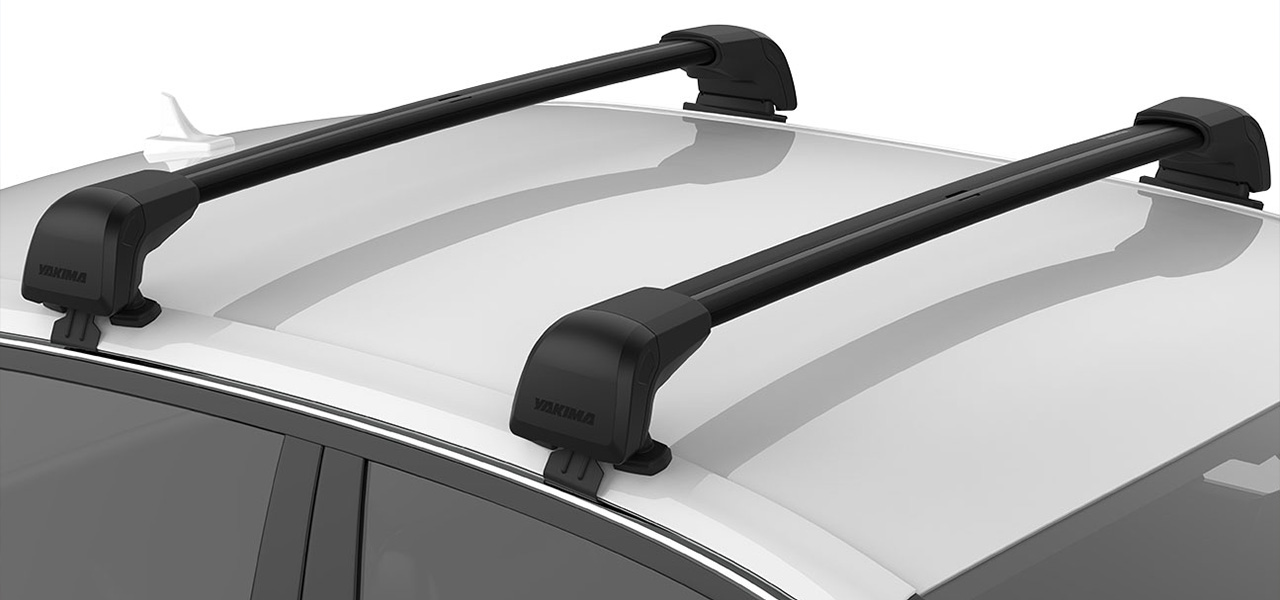
The main benefit of this clamping style is the versatility of use. We see this variety of rack mount on all sorts of vehicles from utes to sedans.
One of the downsides is that in most applications there is a specific position in the vehicle’s door sill that the rack must be installed at, as it is the strongest part of the door sill. This means you cannot adjust the distance between your roof rack bars (the bar spread) for different accessories.
Flush Rail Mounts
Flush rails are what we refer to when a vehicle has mounting rails that run the length of the roof, without any gap between the roof and the rail itself.
f your roof has flush rails, it often means you will require a leg that will clamp onto the rail component without touching the rest of the roof. There are a few varieties of this type of clamp, with some using a moulded rubber bushing to clamp down while others will use a pin-type system if your vehicle allows for it.
When we look at flush rail mounts, we have a few options available. These types of kits are generally vehicle specific so care must be taken when choosing. Please see our ‘Fit My Vehicle’ menu above for the best fitment for your vehicle or contact us if you have questions.
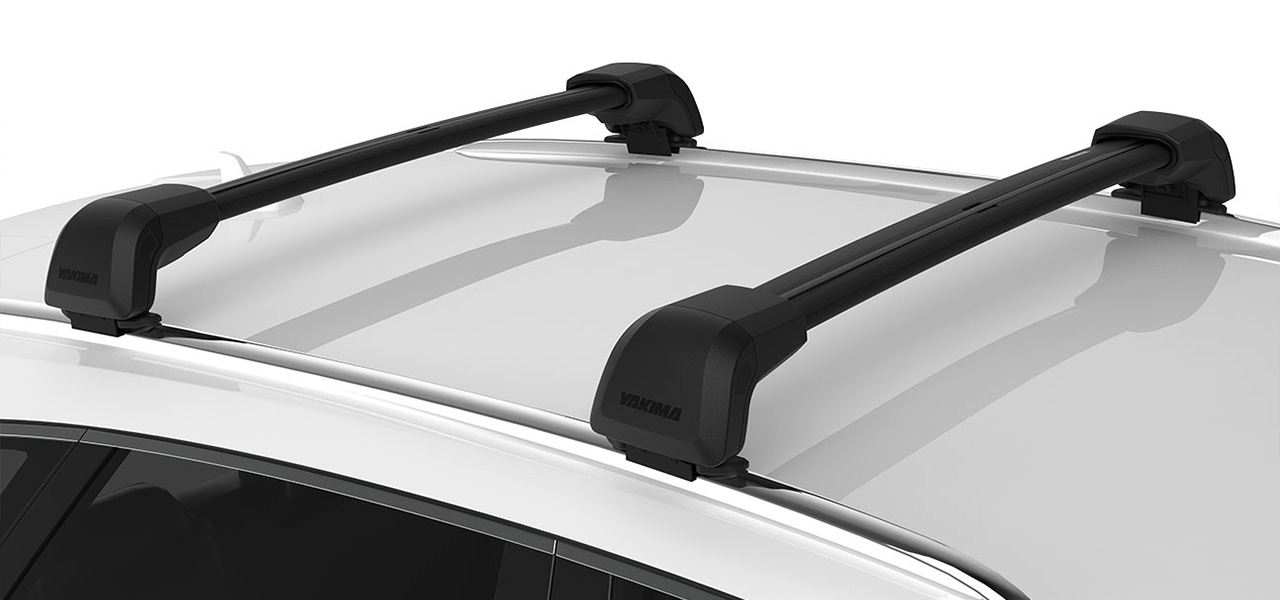
The Image above shows one of the more common types of flush rail mounts. You can see that the rubber insert follows the contour of the raised rail around the outside to provide grip to the clamping mechanism.
This type of mount has the benefit of being able to move forward and back along the car to some extent to change bar spread and allow for different accessories like roof baskets and bike racks.
Some vehicles with flush rails come with concessions to use a locating pin on the clamp. There are often several predrilled holes along the inside edge of the flush rail for moving the bars forward and back as needed.
Some vehicles offer a mounting system that mounts through the rail rather than to the rail. Fixed point mounting systems on a vehicle with flush rails typically use a covered port that allows access to a factory-installed mounting receiver that is intended for roof rack installation. This type generally boasts the highest load ratings, though this varies greatly from vehicle to vehicle. One of the drawbacks of fixed-point systems is the total restriction of bar placement. They go where the manufacturer specifies they should go.
Raised Rails Mounts
Raised rails or open rails are what we refer to when a vehicle’s rails have a clear (or open) space between the roof and rail. This allows a greater degree of freedom when fitting racks as we can use many different mounting methods. This also gives you more options with bar spread.
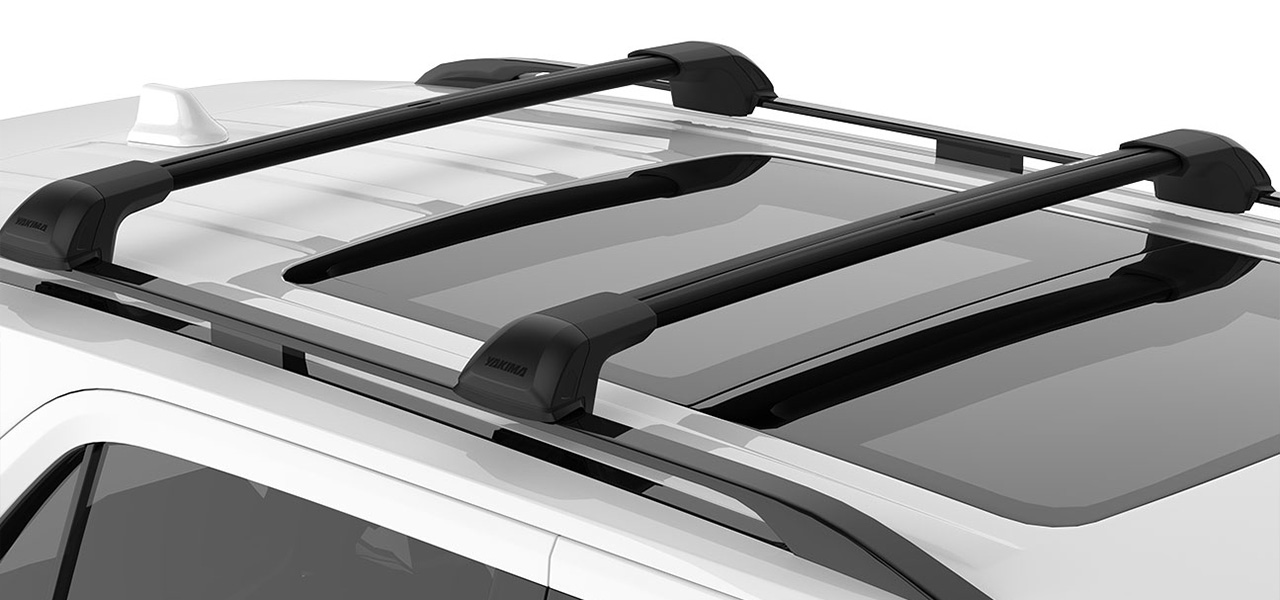
The most common fitment for open roof rails is a basic clamp system such as Rhino-Rack’s SX100 legs or Prorack/Yakima’s K328 fitting kit. Both achieve essentially the same thing and are by far the most common type of roof rack fitting system that we sell.
Open rails are typically the most versatile, however, some rail types have specific profiles that limit your roof rack mounting options. Sometimes, open rails will also reduce the maximum carrying capacity of your vehicle’s roof so if you plan on off-road use or carrying a heavy load, removing the rails and installing an alternative like a track could give you a better system.
Open rails also allow for fitment of ‘rail bars’ or ‘Stealth Bars’ which are a good choice for people who are using the bars infrequently and don’t want to impact the aesthetics of the vehicle. These clamp to the rails in a similar way top and bottom, rather than on the side of the rails, which gives the lowest profile fitment available. This is shown in the image below.
Fixed Point Mounts
Although this was mentioned above in the flush rail section, it still warrants mentioning that fixed mounts are often seen on vehicles without any kind of rails. Mounting with fixed points will often see your vehicle having better overall load ratings and with some manufacturers, you won’t see any degradation in your load ratings when heading off-road.
Occasionally a roof rack kit will indicate that you need to remove your rails and install to the mounting point that the rails occupied. This type of installation is considered to be ‘Fixed point’ as well. This type of mount also often requires minor modifications to your vehicle in order to fit racks. Sometimes this is as minor as cutting the weatherstrip that is fitted to your roof’s ditch gutter in order to expose the rack mounts, and sometimes you will see reinforcing brackets employed that require drilling and riveting.
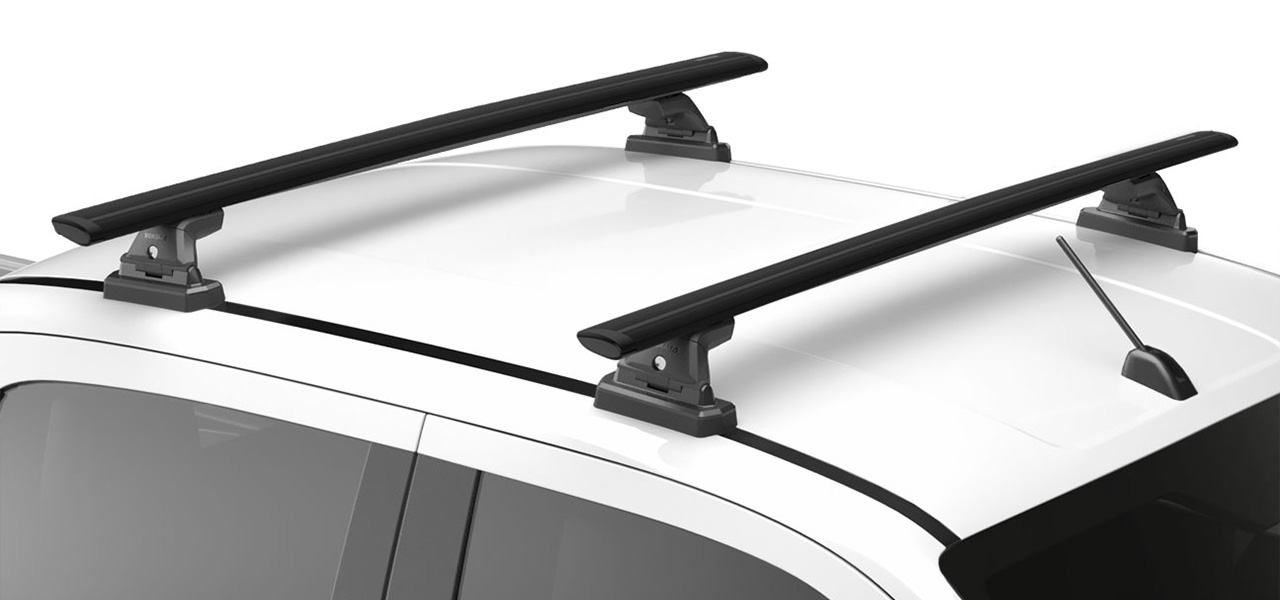
Gutter Mounts
Gutter mounts are an older style of installation that started to become less popular on vehicles around the mid-2000s. Gutter mount legs are often some of the easiest to install. There isn’t a lot to be said about this type of rack, you will see them on vehicles like the GU Patrol and the 75-79 series Land Cruisers, to the early Toyota HiAce.
.png)
Track Mounts
A Track Mount refers to a permanent installation of a metal track that runs the length of your roof or canopy. This system has the benefit of being able to go on practically anything and allows any number of bars to be added to your system, though the most common kits include 2 bars. Installation of a track typically involves drilling and riveting the track to your roof.
Once the track is installed, the type of bar and leg is up to you, though most of our suppliers will indicate a recommended fitment. Installation of tracks can be straightforward for a lot of vehicles, but some require a roof hood-lining drop, which can be time-consuming and tedious.
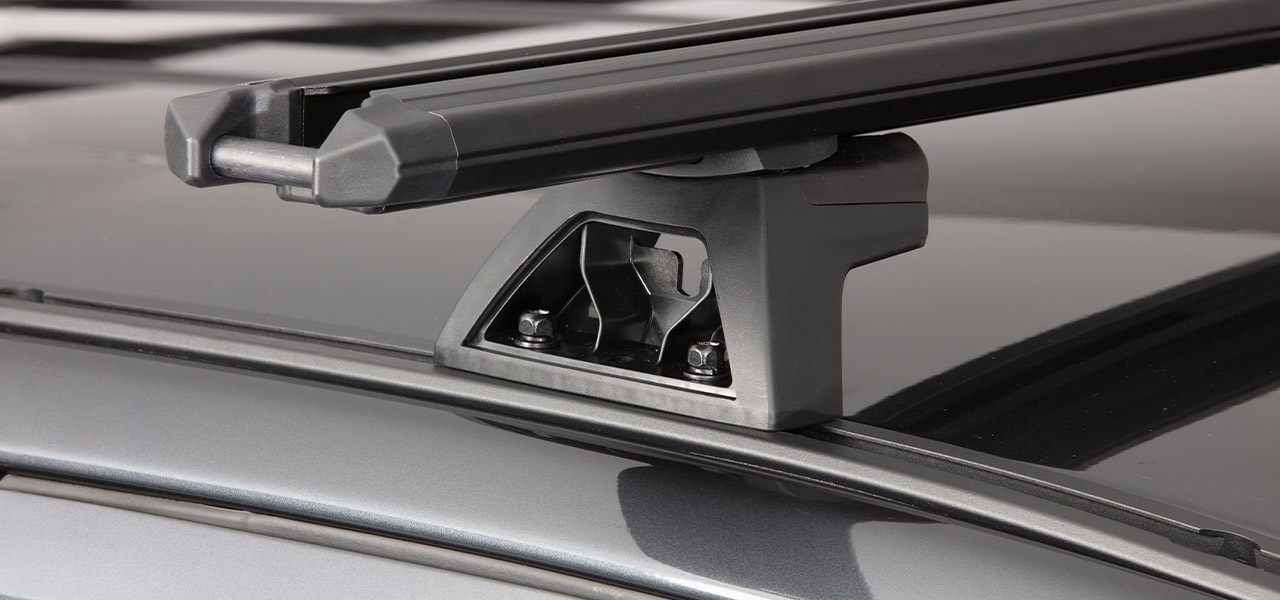
Permanent Mounts
Permanent mounts are a cross between fixed points and tracks. For a permanent mount, you are required to drill and rivet the mount to your roof like a track, and you can’t move it once installed, like fixed point. Typically, our Rack manufacturers recommend a track mount over a permanent mount due to the increased versatility, but if you don’t want to have the extra expense and don’t intend to ever remove the racks, permanent mounts are a great option.
.png)